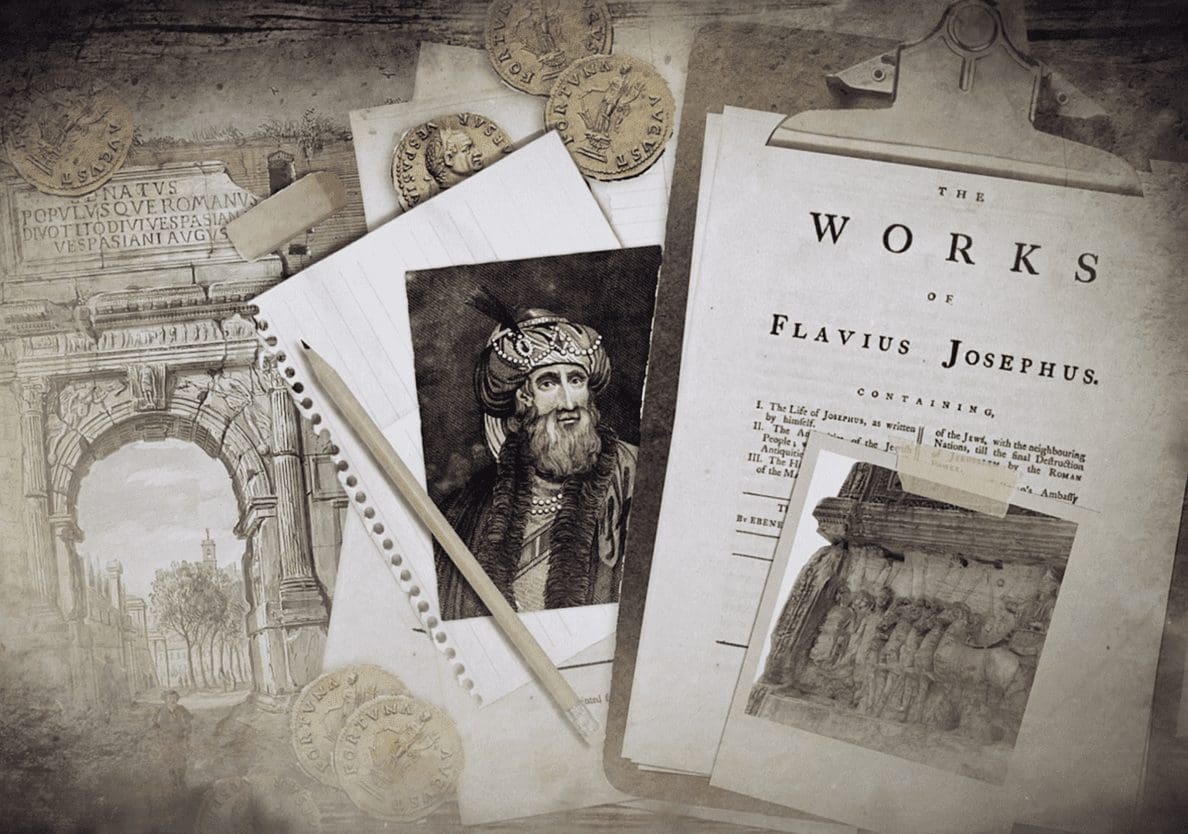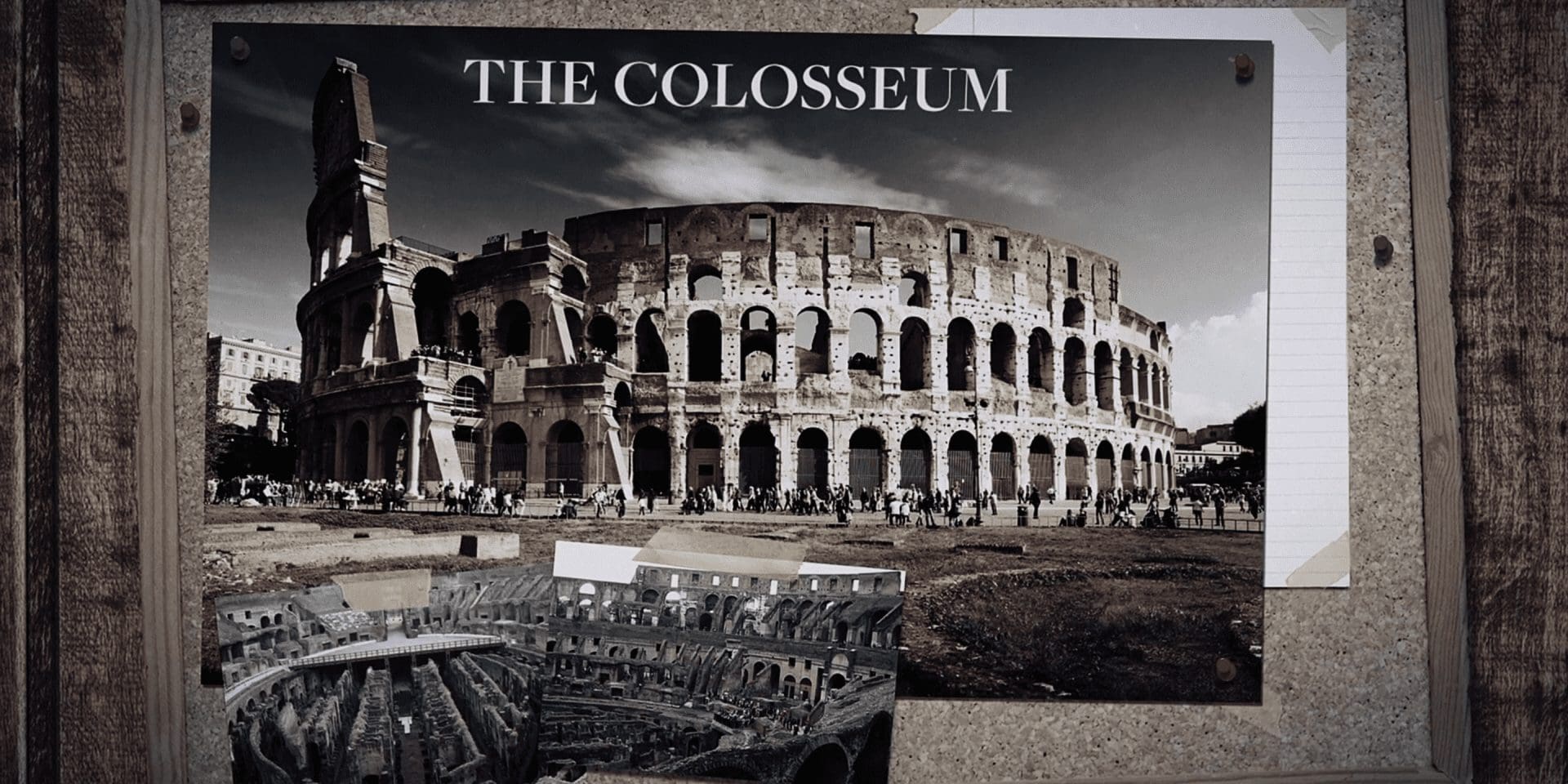Still standing today, the ancient Colosseum of Rome has become one of the most recognized buildings of history. It was Rome’s largest amphitheatre and the first to be built entirely from stone. It was inaugurated in AD 80, housed over 50,000 spectators and is famed to have been the place to watch gladiator battles and wild animal hunts. Stories of Roman mythologies were also performed with awe-inspiring sets; the arena was even flooded to accommodate mock naval battles.
“The only war that would have afforded them great plunder was their suppression of the Jewish Revolt…. It was a treasure trove, and Titus took it.”
Originally, it was given the name Amphitheatrum Flavium, named after the family of the Emperors who built it (Vespasian, Titus, and Domitian). In the 8th century AD, several hundred years after its inauguration, it became known as the Colosseum, named after a colossal statue of Nero that had been moved nearby in the 2nd century.
When Vespasian, who began the Colosseum project, was named Emperor (AD 69), Rome was financially drained. The previous emperor, Nero, had spent extravagantly, and a great costly fire had ravaged Rome in AD 64, which lead to a great persecution of Christians by Emperor Nero.
Even though Rome was in a financial sink hole, Vespasian and his son Titus are known today for their great building projects, especially that of the Colosseum. So where did their money come from?


On monuments, in Roman historical documents, and now on a reconstructed inscription from the Colosseum itself, the Roman word for “booty” or “plunder” is used to speak of the great wealth of Vespasian and Titus. The only war that Vespasian and Titus won that would have afforded them great plunder was their suppression of the Jewish Revolt that ended in the destruction and plunder of the Jerusalem Temple. The gold-plated Temple refurbished by Herod the Great, the Temple to whom wealthy Jews would often will their fortunes, became a storage house of great prosperity. Every Jewish man paid religious taxes yearly and political leaders also gifted articles of gold and silver. It was a treasure trove, and Titus took it.
During his victory parade back in Rome, Flavius Josephus says that silver and gold flowed like a river (see the Arch of Titus). Some of the Temple articles were put on display, and according to history, the rest were sold and used to build the Colosseum[1].

Corie Bobechko is a daily co-host, speaker, and writer of Bible Discovery. She also hosts a YouTube channel that shows how history and archaeology prove the Bible. Her heart for seekers and skeptics has led her to seek truth and share it with others. Corie also has a Bachelor of Theology from Canada Christian College.
[1] Louis H. Feldman. Financing the Colosseum. Biblical Archaeology Review 27:4, July/August 2001. http://members.bib-arch.org/search.asp?PubID=BSBA&Volume=27&Issue=4&ArticleID=1&UserID=0&






